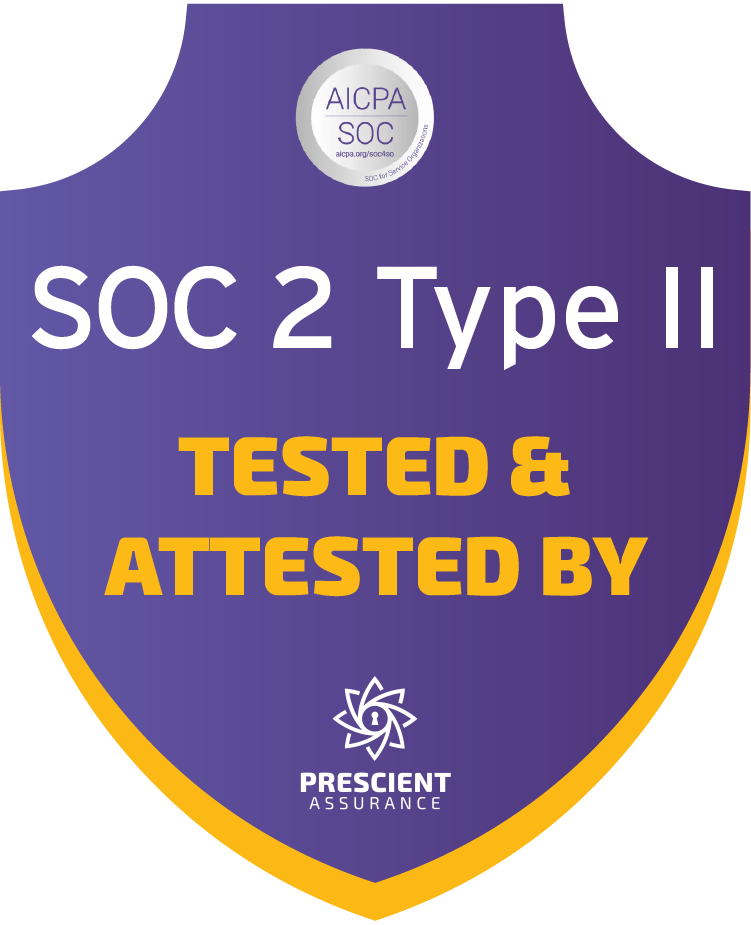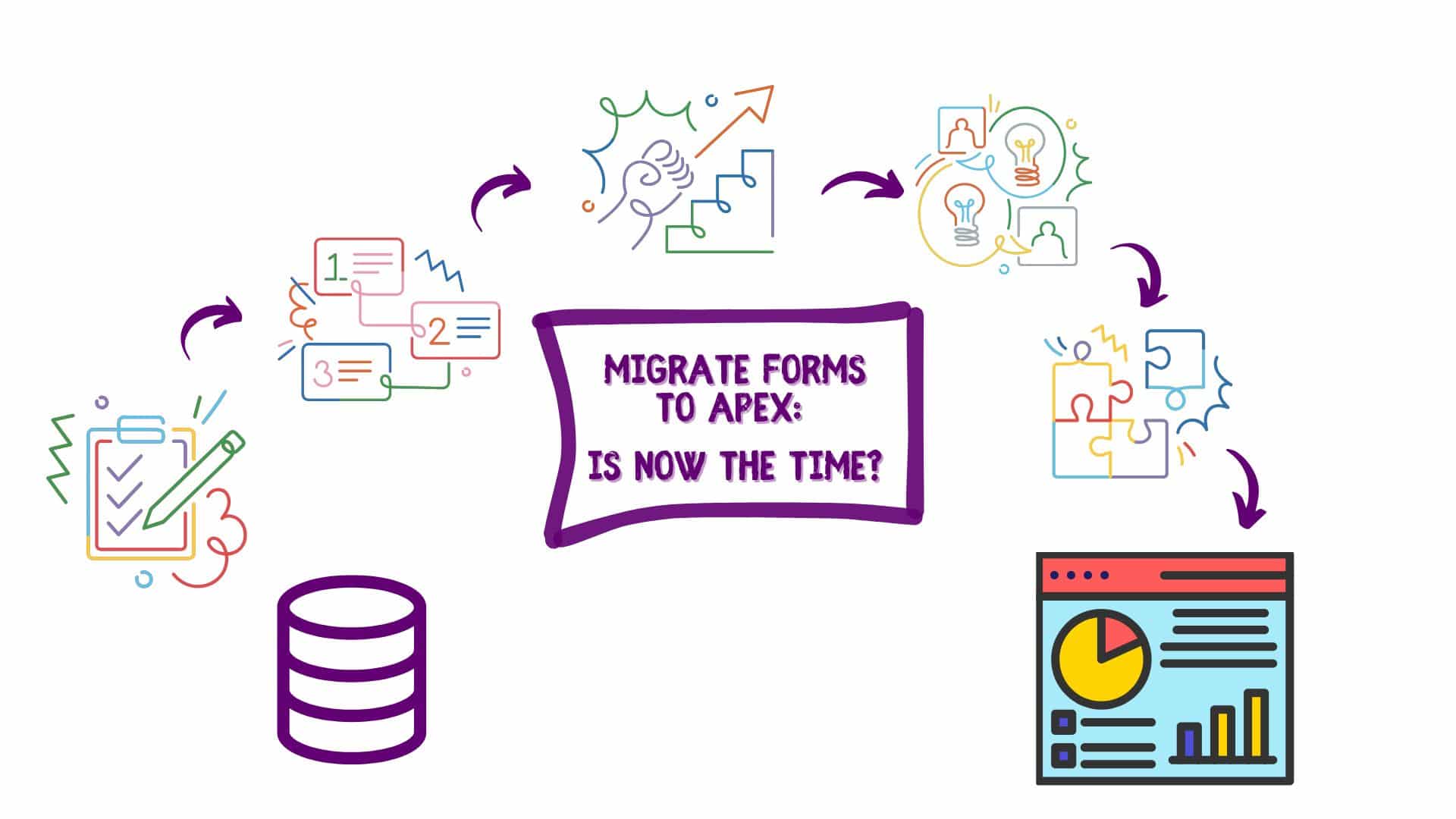Whether you work in a small or large organization, whether it is a retail shop, a bank, or a municipality, chances are that your organization makes use of the Oracle Database. Although companies of any size invest in the purchase of licenses and support for Oracle Database, only few companies invest in actually managing these licenses. They struggle with the constantly changing conditions and complex contracts that, if not managed properly, can lead to compliance risks that will later translate into financial loss.
Oracle’s Database software must be available 24/7. Therefore, anyone can download and install the software without any technical restrictions. This in fact happens in most organizations. With this liberty at hand, mistakes are easily made. For many companies, it is quite challenging to keep track of all the documentation, policies and guidelines. So, what should you beware of to avoid becoming non-compliant? Let’s have a look at five common misconceptions we have encountered with customers over the last 20 years.
1. No technical restrictions
Because anyone who wants to use any of the Oracle software programs can download and install them directly from the Oracle website, it is often overlooked that these programs also need (appropriate) licensing. It is the end user’s full responsibility to contact Oracle or one of its certified resellers to obtain the appropriate licenses before installing and using the software. On top of that, most of the times, the end user will download more (related) features than the software he intends to install and/or use, without being aware that all these require separate licensing.
2. Installed on a single server or on multiple servers
Licensing metrics can seem complicated to almost anyone, but in particular to those who never heard of such a thing before. Named User Plus and Processor are the two metrics on which Oracle Database software is licensed. However, the Named User Plus metric can sometimes make end users confused about how one should count the individuals that are using the software. The Named User Plus licensing metric is a so-called “multi server” or “multi instance” metric. It means that an individual must be counted – at the so called “multiplexing front end” – only once, even if the individual has multiple user accounts on multiple Oracle Database instances on the same server or on multiple servers.
3. Incorrect Processor Counts
Besides the confusion around counting individuals, Oracle is not making it easy with processors either. As per the terms and conditions of the Processor license metric definition, “processor” shall be defined as all processors where the Oracle programs are installed and/or running. The number of required licenses shall be determined by multiplying the total number of cores of the processor by a core processor licensing factor specified on the Oracle Processor Core Factor Table. Not applying the right methodology, licensing rules and calculations for the different hardware configurations possible (e.g. IBM LPAR, Sun Solaris Zones, Oracle VM, Vmware) on the number of processors can lead to an incorrect calculation of the license requirements and can therefore result in large compliance issues and financial risk.
4. Non-human operated devices
To make things a bit more complicated, Oracle licensing includes a section about the non-human operated devices that need to be licensed. Any device, such as sensors or scanners, (directly or indirectly) accessing the Oracle Database needs to be counted separately and is required to be licensed separately, in addition to all the distinct individuals who are authorized to use the software. Since such devices are not operated by human individuals, these are often overlooked as “users” of the Database software, and therefore mistakenly not licensed or counted incorrectly.
5. Outsourcing & Cloud environments
More and more companies choose to outsource their hardware infrastructure to specialized third parties. Although some cloud providers are recognized as an Oracle Authorized Cloud Provider (e.g. Amazon, Azure) with special licensing rules, the vast majority of them have not yet complied with Oracle’s policies. As a result, most solutions offered by these third parties are based on virtualization technologies which are not accepted by Oracle (VMware), meaning that all the hardware on which the end user’s software is installed and/or running is required to be licensed. And although the software is installed at the outsourcer, the end user remains responsible and liable for the correct licensing of all Oracle software used for business operations.
Most of the times, organizations tend to underestimate the time, resources and knowledge needed to manage the specific license terms and conditions and remain up to date. Not understanding the terms and conditions increases the risks of non-compliance and financial exposure tremendously. Performing a regular internal license review of your Oracle Database software enables you to stay in control, optimize your IT costs and reduce your financial, operational and legal risks.
Do you think you are 100% in control of your Oracle Database licenses? Schedule a compliance health check to find out.




